All about the clutch for the walk-behind tractor
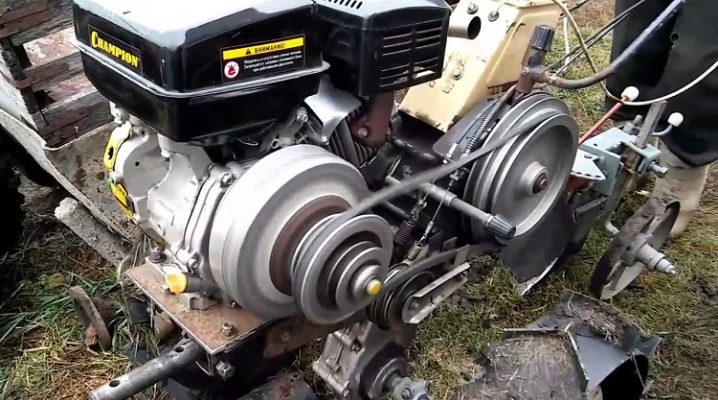
Motoblocks greatly facilitate the work of farmers and owners of their own backyard plots. This article will focus on such an important design element of this unit as the clutch.
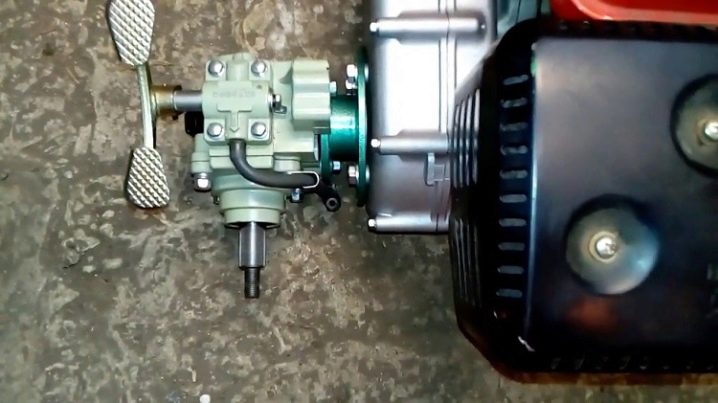
Purpose and varieties
The clutch carries out an inertial transfer of torque from the crankshaft to the transmission gearbox, provides a smooth start of movement and gear shifting, regulates the contact of the gearbox with the motor of the walk-behind tractor. If we consider the design features, then the clutch mechanisms can be divided into:
- friction;
- hydraulic;
- electromagnetic;
- centrifugal;
- single, double or multi-disc;
- belt.
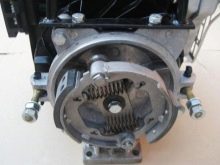
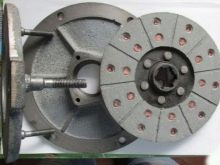
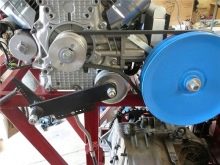
According to the operating environment, a distinction is made between wet (in an oil bath) and dry mechanisms. According to the switching mode, a permanently closed and non-permanently closed device is divided. By the way in which torque is transmitted - one stream or two, one - and two-stream systems are distinguished. The design of any clutch mechanism includes the following elements:
- control node;
- leading details;
- driven components.
The friction clutch is the most popular among farmers-owners of motoblock equipment, because it is easy to maintain, high efficiency and long continuous operation. The principle of operation is the use of friction forces that arise between the contacting faces of the driven and driving parts. The leading components work in a rigid connection with the engine crankshaft, and the driven ones - with the main shaft of the gearbox or (in its absence) with the next transmission unit. The elements of the friction system are usually flat discs, but in some models of walk-behind tractors a different shape is implemented - shoe or conical.
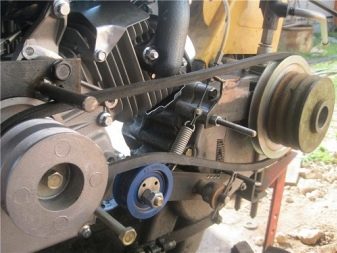
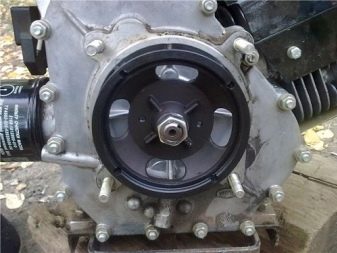
In a hydraulic system, the moment of movement is transmitted through a fluid, the pressure on which is provided by a piston. The piston is returned to its original position by means of springs. In the electromagnetic form of the clutch, a different principle is implemented - the movement of the elements of the system occurs under the action of the forces of electromagnetism.
This type refers to permanently open. The centrifugal type of clutch is used in automatic gearboxes. Not very common due to rapid wear of parts and long slip times. The disk type, regardless of the number of disks, is based on the same principle. Differs in reliability and provides smooth start / stop of the unit.
The belt clutch is characterized by low reliability, low efficiency and rapid wear, especially when operating with high-power motors.
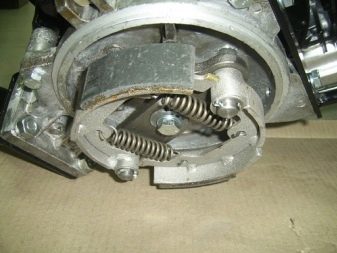

Clutch adjustment
It should be noted that when working, certain recommendations must be followed in order to avoid premature breakdowns and unnecessary problems arising from improper handling of equipment. The clutch pedal must be pressed and released smoothly, without sudden movements. Otherwise, the engine may simply stall, then you will need to spend extra time and effort to start it again. During the operation of the walk-behind tractor, the following problems are possible associated with the clutch mechanism.
- When the clutch is fully depressed, the technique begins to accelerate sharply. In this situation, just try to tighten the adjusting screw.
- The clutch pedal is released, but the implement does not move or does not move at an adequate speed. Loosen the adjusting screw slightly and test the movement of the motorcycle.
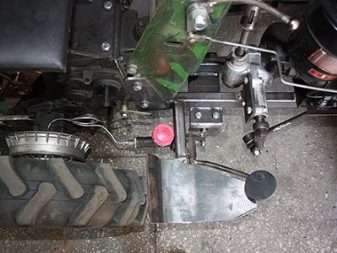
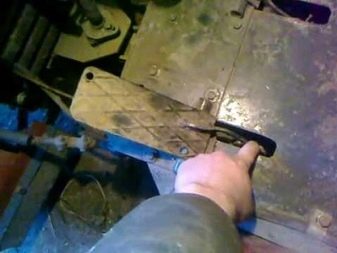
In case of strange noises, crackling, knocking coming from the area of the gearbox, stop the unit immediately. The most common reasons for this are low oil levels or poor quality. Before you start working on the walk-behind tractor, be sure to check the presence and amount of oil. Change / add oil and start the unit. If the noise has not stopped, stop the walk-behind tractor and invite a specialist to inspect your equipment.
If you have problems with shifting gears, test the clutch, adjust it. Then inspect the transmission for worn parts and check the shafts - splines may have worn out.

How to do it yourself?
The clutch for a walk-behind tractor can be made or changed independently, if you have experience in locksmith work. For the manufacture or replacement of a homemade mechanism, you can use spare parts from cars or from a scooter:
- flywheel and shaft from the Moskvich gearbox;
- hub and rotary cam from Tavria;
- pulley with two handles for the driven part;
- crankshaft from "GAZ-69";
- B-profile.
Before you start the process of installing the clutch, carefully study the drawings of the mechanism. The diagrams clearly show the relative position of the elements and the step-by-step instructions for assembling them into a single structure. The first step is to sharpen the crankshaft so that it does not have contact with other parts of the system. Then place the motoblock hub on the shaft. Then prepare a groove for the release bearing on the shaft. Try to do everything carefully and accurately so that the hub sits tightly on the shaft, and the pulley with handles rotates freely. Repeat the same operation with the other end of the crankshaft.
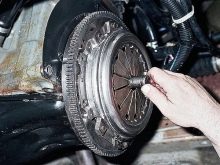
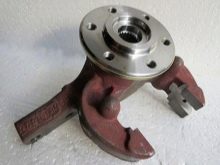

Insert a 5 mm drill into the drill and carefully drill 6 holes in the pulley, at equal distances from each other. On the inside of the wheel connected to the drive cable (belt), you also need to prepare the corresponding holes. Place the prepared pulley on the flywheel and fix it with the bolt. Mark the locations corresponding to the pulley holes. Twist the bolt and separate the parts. Now carefully drill holes in the flywheel. Reconnect the parts and tighten the locking bolts. The flywheel and the crankshaft must be sharpened from the inside - to exclude the possibility of clinging and beating parts against each other. The system is ready. Place it in its proper place in your machine. Connect the cables, while pulling them away from rubbing parts.
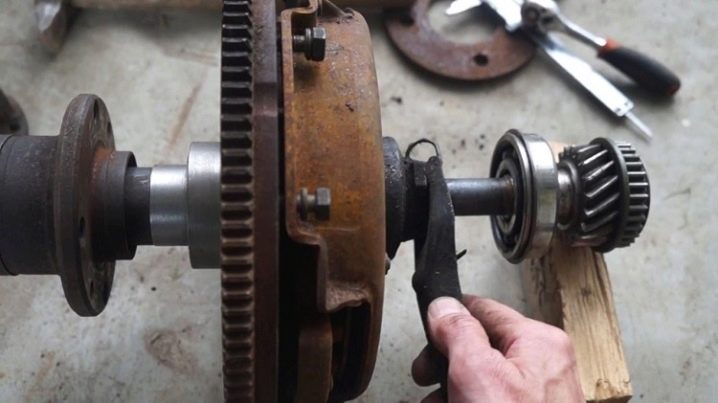
If you have a small unit, the belt option may also suit you. Take two sturdy V-shaped belts with a length of about 140 cm. The B-profile is ideal. Open the gearbox and install a pulley on its main shaft. Install the tandem roller on the spring loaded bracket. Note that a minimum of 8 bracket links must be associated with the clutch release pedal. And a double roller is needed to ensure the necessary tension on the belts during operation and to loosen them in the event of slipping / idling. To minimize the wear of elements, provide block-stops in the design for idle operation of the motor.
Do not forget to connect the gearbox to the system, it is better to use a new one, but you can also use a used car part, for example, "Oki".
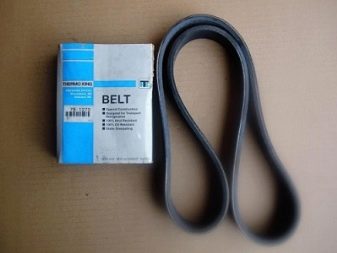
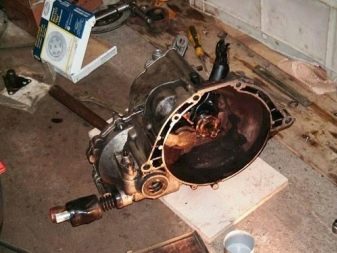
Consider another way to independently design a clutch system. Attach a flywheel to the engine. Then connect the clutch system removed from the car using an adapter that can be made from the crankshaft from the Volga. Secure the flywheel to the engine crankshaft. Place the clutch basket with the pallet facing up. Check that the dimensions of the shaft flange mountings and the basket plates are identical.
If necessary, increase the required clearances with a file. The gearbox and gearbox can be removed from the old unnecessary car (check the serviceability and general condition). Assemble the entire structure and test its operation.
When making your own motoblock systems, do not forget about an important point: the parts of the unit's units should not cling to the soil (except for wheels, of course, and tools for cultivating the land).
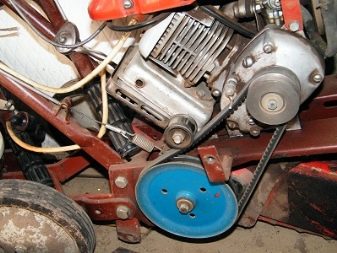
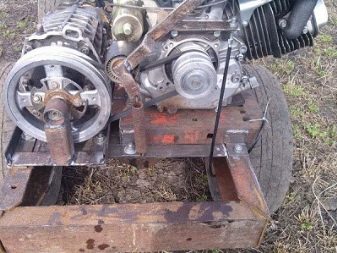
You can find out more about how the overhaul of the clutch of a heavy walk-behind tractor takes place.



































































The comment was sent successfully.